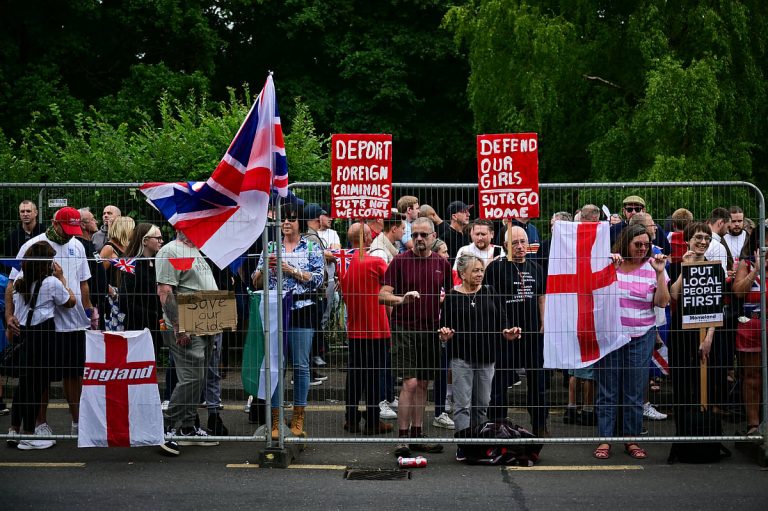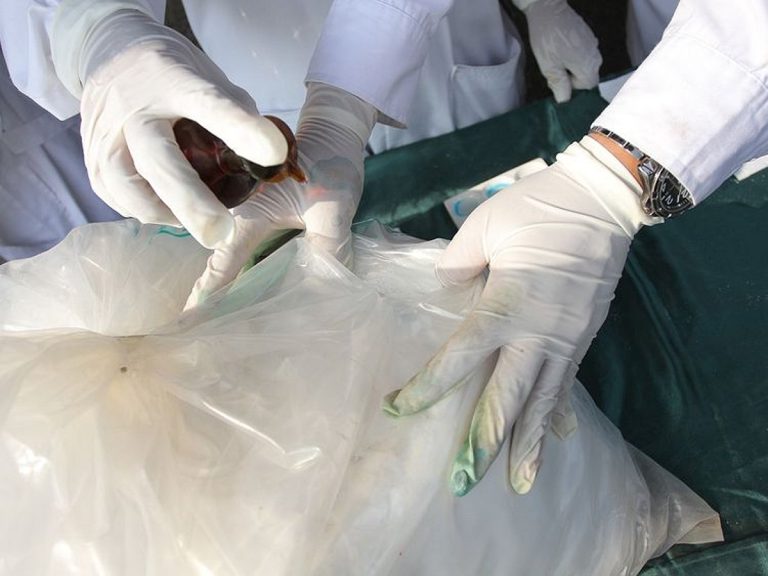Mumbai Hostage Crisis Ends with Police Rescue of Children
A hostage crisis in Mumbai’s Powai area unfolded dramatically on Thursday, culminating in the rescue of 17 children. The suspect, Rohit Arya, was shot by police during the standoff and later succumbed to his injuries in the hospital.
Incident Overview
Rohit Arya, a self-proclaimed activist and owner of a social media channel, had lured children aged 8 to 14 to RA Studios under the guise of auditioning for a web series. Once inside, he locked the doors and threatened the children, demanding that his grievances be addressed.
The situation escalated when police received a distress call around 1:45 p.m. Upon arrival, they discovered Arya armed with an air gun and holding the children hostage. Negotiations were initiated, but Arya refused to comply, even threatening to set the studio ablaze with chemicals.
Police Response and Rescue Operation
As the standoff intensified, police decided to take action. A tactical team forced entry through a bathroom, successfully rescuing all 17 children without harm. During the operation, Arya fired at the officers with his air gun, prompting them to return fire, which resulted in a single shot striking him in the chest. He was transported to the hospital, where he later died from his injuries.
Background of the Suspect
Prior to the hostage situation, Arya had posted a video expressing his distress, stating he had chosen this extreme measure over suicide. He claimed to be seeking attention for unresolved grievances related to unpaid dues from a government sanitation project he previously managed. Arya alleged that he was owed ₹2 crore for his work on the PLC Sanitation Monitor Project, part of the My School, Beautiful School initiative under Maharashtra’s education department.
He also mentioned that he had received partial payments from former Education Minister Deepak Kesarkar but had not received full compensation. Arya had reportedly gone on hunger strikes in 2024 to protest this issue.
Investigation and Aftermath
Following the incident, police recovered the air gun and chemical containers from the studio, which were believed to have been used to intimidate law enforcement. A Quick Response Team (QRT) was deployed as a precautionary measure, initially concerned about potential terrorist links. The incident caused significant alarm in the surrounding neighborhood until police confirmed the safety of all children involved.
A senior police officer described the operation as “swift but risky,” emphasizing the team’s prompt actions that prevented a potential tragedy. The case is now under investigation, with authorities examining Arya’s mental health and online activities to ascertain whether the hostage situation was premeditated or part of a broader plan.
FAQs
What led to the hostage situation in Mumbai?
Rohit Arya lured 17 children to a film studio under the pretense of auditions, then held them hostage while demanding attention for his grievances regarding unpaid dues from a government project.
How did the police handle the situation?
Police negotiated with Arya but ultimately forced entry into the studio to rescue the children when he threatened to ignite chemicals. During the rescue, Arya fired at the officers, who then shot him in return.
What were Arya’s claims regarding his grievances?
Arya claimed he was owed ₹2 crore for his work on a sanitation project and had not received full compensation despite partial payments. He had previously protested this issue through hunger strikes.
Conclusion
The hostage crisis in Mumbai ended with the successful rescue of all children involved, although it resulted in the tragic death of the suspect. Investigations are ongoing to understand the motivations behind Arya’s actions and to ensure such incidents are prevented in the future.
The incident has raised concerns about the mental health support available for individuals facing financial and emotional distress. Experts suggest that better access to mental health resources and intervention programs could potentially prevent similar crises in the future. The case highlights the importance of addressing underlying issues that may lead individuals to resort to extreme measures.
Community reactions have varied, with many expressing relief over the safe rescue of the children while also calling for a deeper examination of the factors that contributed to Arya’s actions. Local authorities are expected to engage with community leaders to discuss potential solutions and support systems for those in need. The incident serves as a reminder of the complexities surrounding mental health and social welfare in urban environments.
Also Read:
Delhi’s Air Quality Crisis: Health Risks and Community Actio







